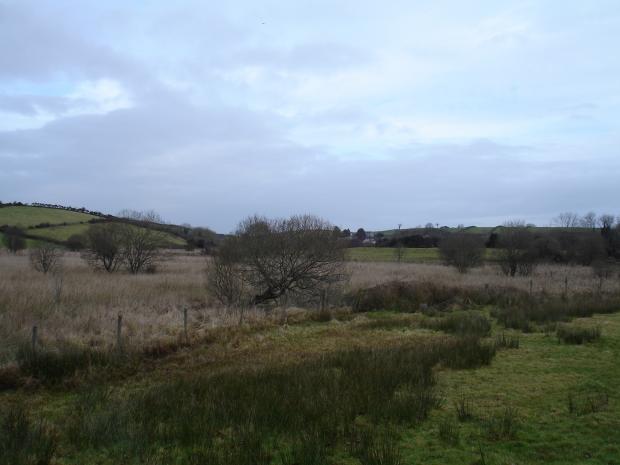
The site at Woodgrange has been selected as the type site for the late-glacial climatic warming following deglaciation in Ireland lasting from 13,000 - 11,000 years before present (B.P.). Detailed cores document the palaeoecological evidence for these changes. Although many of the late-glacial sites in Ireland record a common sequence of events, Woodgrange records the very first late-glacial plant colonisation, possibly around 13,000 years ago. The succeeding grass phase dates from 11,800 - 10,900 years B.P. and is best represented at Woodgrange; this is the Woodgrange Interstadial. Post-glacial estuarine clays were deposited after about 7500 yrs B.P. and this is one of the few sites in Ireland where elements of the post-glacial transgression have been subjected to 14C dating.
Related articles
- ASSI Guidance for Public Bodies/Competent Authorities
- Coastal Areas of Special Scientific Interest
- Conservation Management Plans (CMPs)
- European Marine Sites - Marine Special Areas of Conservation and Special Protection Areas
- Introduction to Conservation Management Plans (CMPs) for Northern Ireland’s Special Areas of Conservation
- Marine Conservation Zones
- Marine Protected Areas
- Marine Ramsar sites
- Portrush Coastal Zone
- Special Areas of Conservation
- Special Areas of Conservation for Harbour porpoise
- Special Protection Areas
